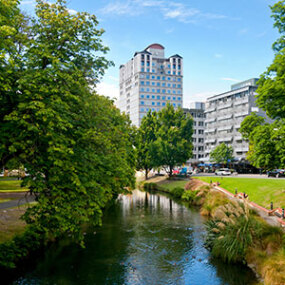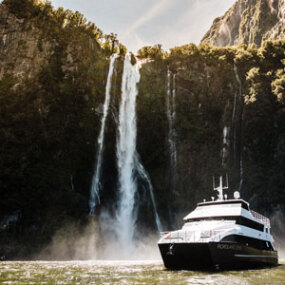Browse other blog categories
- City Experiences (8)
- Articles of Interest (16)
- The Best of New Zealand (26)
- Luxury New Zealand (4)
- South Island Touring (22)
- North Island Touring (13)
- Essential Info (19)
- LOTR, Middle Earth & Hobbits (5)
- Cultural Experiences (8)
- Scenic Trains, Flights & Tours (6)
- Adventure Travel (14)
- Walking, Hiking & Biking (15)
- Family Holidays (10)
- Things to Do (17)
- National Parks & Wildlife (20)
- Food & Wine Experiences (7)
New Zealand Winter: Your Guide to the Coolest Season
Welcome to Aotearoa New Zealand when the air is crisp, snow dusts the peaks, and the landscapes take on a unique, dramatic beauty. While many dream of summer beaches, visiting New Zealand in winter (roughly June to August) offers a different kind of magic - fewer crowds, stunning scenery, thrilling adventures, and cosy experiences. It's a time when the mountains call skiers and snowboarders, the night skies reveal incredible celestial shows, and geothermal wonders offer warm sanctuary.
Forget the hibernation mindset; winter here is vibrant and full of life. From the adrenaline rush of Queenstown's slopes to the serene beauty of a fjord cruise under snow-capped mountains, or the cultural warmth of Matariki celebrations, a New Zealand winter trip provides unique memories. Whether you're seeking adventure, relaxation, or a deeper connection with nature and culture, winter might just be the coolest time to explore.
This guide will walk you through the best experiences New Zealand has to offer during its winter months, helping you plan an unforgettable trip.
Quick Summary: What You'll Discover
- Queenstown Skiing & Snowboarding: Explore the South Island's premier winter sports destination.
- Southern Lights (Aurora Australis): Learn the best times and places to witness this natural wonder.
- TranzAlpine Scenic Train: Journey through the snow-dusted Southern Alps by rail.
- Geothermal Hot Pools: Relax and rejuvenate in natural hot springs, especially inviting in winter.
- Matariki Celebrations: Experience the unique cultural significance of the Māori New Year.
- Practical Tips: Get advice on packing, driving, and making the most of your New Zealand winter adventure.
Hit the Slopes: Queenstown & Beyond
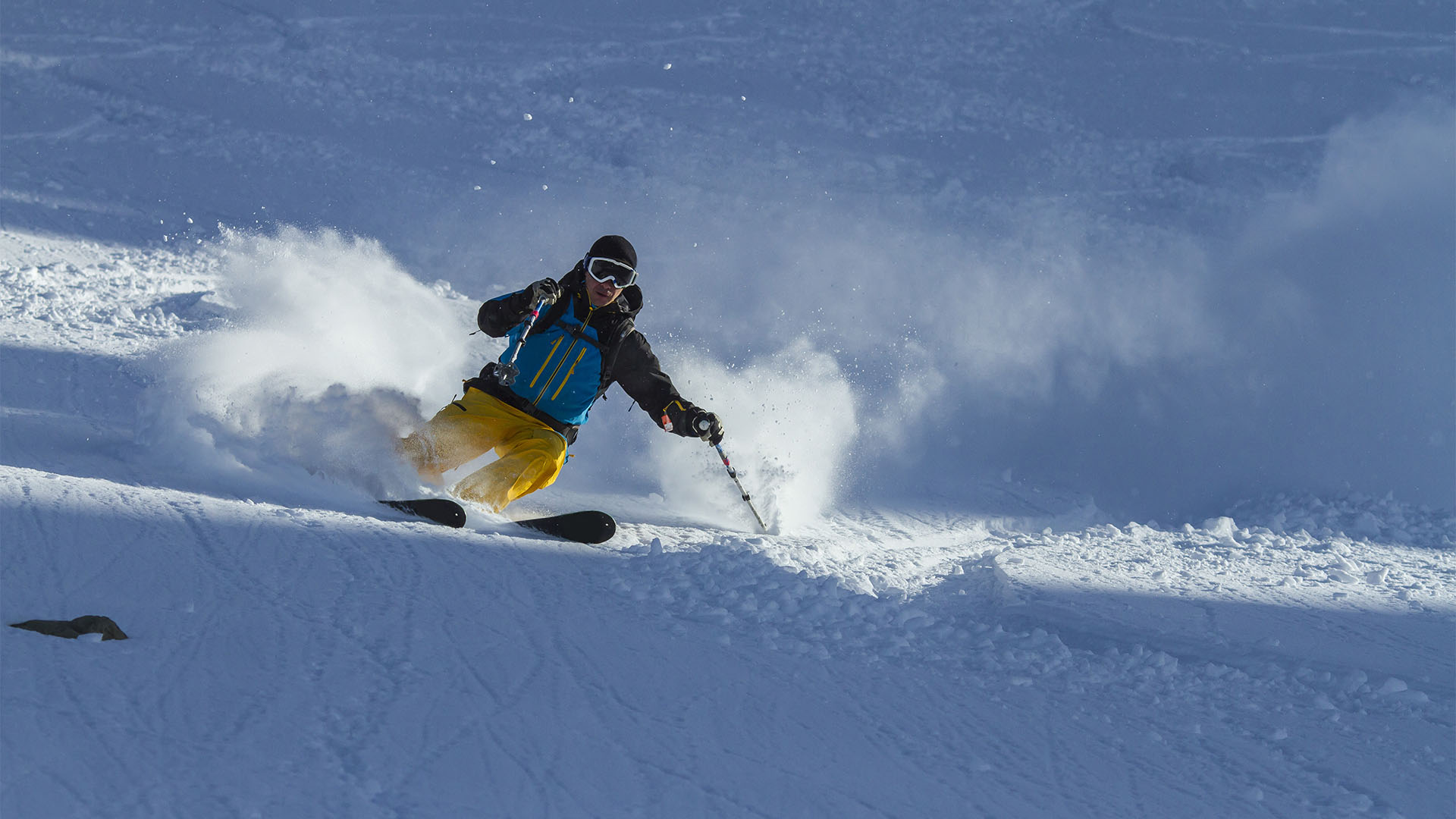
New Zealand's South Island transforms into a winter sports paradise from June to September, with Queenstown often called the adventure capital. It's the main hub for accessing several world-class ski fields catering to all levels.
Queenstown's Premier Ski Fields
- Coronet Peak:
- Known for: Roller coaster terrain, extensive snowmaking, night skiing.
- Vibe: Accessible, family-friendly, great for intermediates.
- Location: Just a 20-minute drive from Queenstown.
- The Remarkables:
- Known for: Sunny slopes, dedicated beginner areas, freestyle parks.
- Vibe: Relaxed atmosphere, stunning alpine views.
- Location: Around 40 minutes from Queenstown.
- Cardrona Alpine Resort:
- Known for: Wide open slopes, world-class terrain parks, family facilities.
- Vibe: Popular with freestylers and families alike.
- Location: Between Queenstown and Wānaka (about an hour's drive).
- Treble Cone:
- Known for: Challenging terrain, incredible views over Lake Wānaka.
- Vibe: Favoured by advanced skiers and snowboarders.
- Location: Near Wānaka, about 90 minutes from Queenstown.
According to Queenstown NZ tourism information, the ski season typically runs from mid-June to early October, conditions permitting. Many operators offer ski packages that include lift passes, lessons, and gear rental, making it easy to get sorted. For a truly unique experience, consider heli-skiing in the vast backcountry for untracked powder and breathtaking solitude.
Beyond Queenstown
While Queenstown is the star, Canterbury also boasts excellent ski areas like Mt Hutt, known for its reliable snow and expansive terrain. It's easily accessible from Christchurch and offers a different pace compared to the Queenstown buzz.
Winter's Magic: Southern Lights & Starry Skies
Winter in New Zealand brings longer nights, often clearer skies, and the chance to witness some truly spectacular natural light shows.
Chasing the Southern Lights (Aurora Australis)
While elusive, the Southern Lights are most commonly sighted during the winter months (March to September) in the lower South Island. The lack of light pollution in many areas enhances viewing opportunities.
- Key Locations:
- Stewart Island (Rakiura): Officially recognised as an International Dark Sky Sanctuary, offering some of the best chances.
- The Catlins: Coastal wilderness area with dark skies.
- Lake Tekapo: Part of the Aoraki Mackenzie International Dark Sky Reserve.
- Dunedin and Invercargill: Sightings are possible even near these southern cities when activity is high.
Viewing Tips: Check aurora forecasts online (websites and apps provide real-time data), find a spot away from city lights facing south, be patient, and dress warmly. Scientific sources note that solar activity influences aurora intensity, so checking forecasts is key.
A Universe of Stars
New Zealand's commitment to preserving dark skies makes it a premier destination for stargazing year-round, but winter nights are particularly brilliant. The Aoraki Mackenzie International Dark Sky Reserve in the Mackenzie Basin is the largest in the world and a must-visit for astronomy enthusiasts.
- Experiences:
- Guided stargazing tours (Tekapo, Aoraki/Mount Cook).
- Observatory visits (Mt John Observatory near Tekapo).
- Simply finding a dark spot on a clear night and looking up.
The crisp winter air often provides exceptional clarity, revealing the Milky Way, constellations, and planets in stunning detail.
Scenic Journeys Through Snow
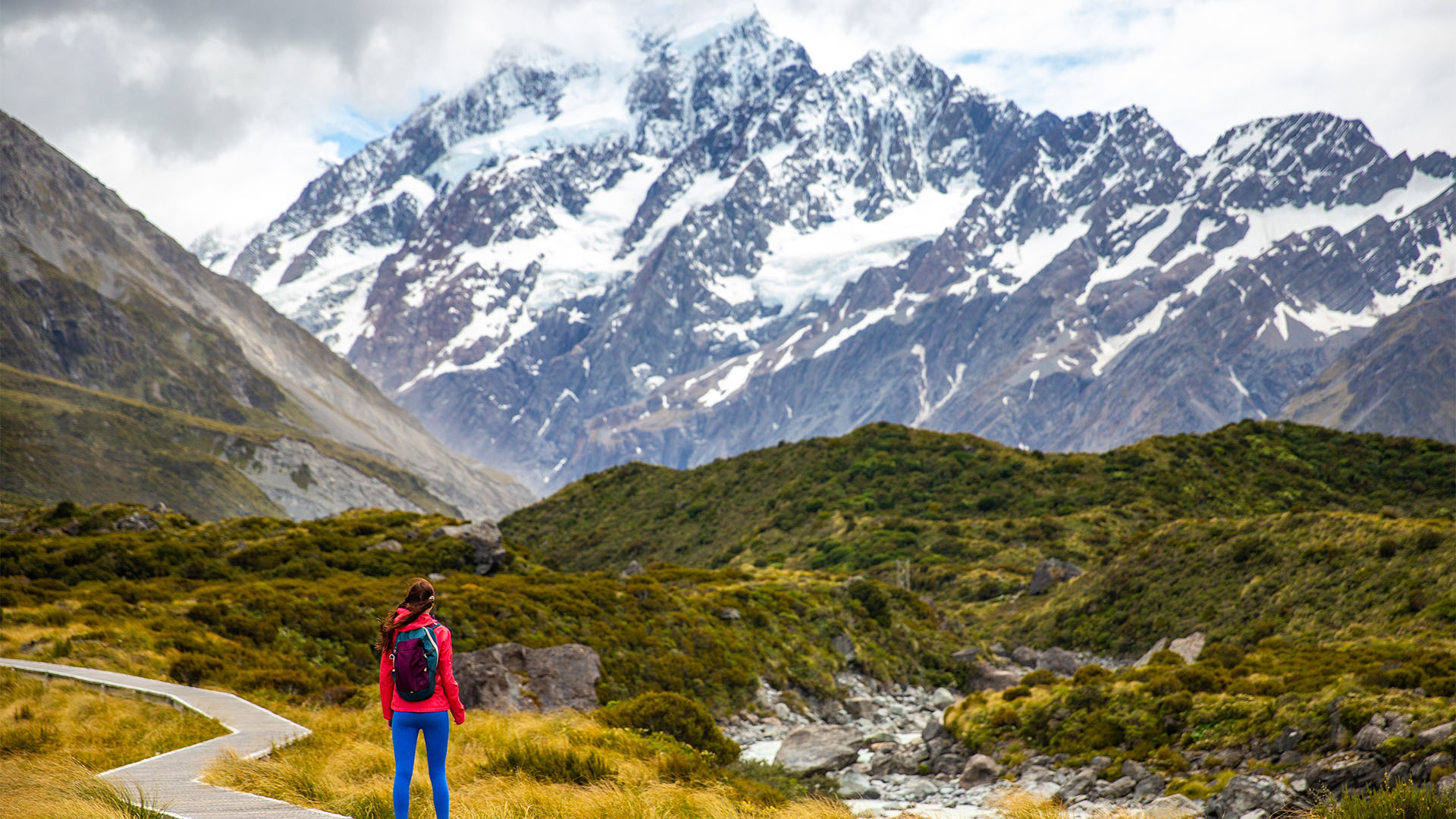
Winter transforms New Zealand's landscapes, and some journeys become even more magical when framed by snow.
The TranzAlpine Train
Often listed among the world's great train journeys, the TranzAlpine travels between Christchurch and Greymouth, crossing the Southern Alps. In winter, this journey is truly spectacular.
- The Experience:
- Route: Traverses the Canterbury Plains, climbs through dramatic river gorges, and crosses the main divide via Arthur's Pass National Park.
- Views: Snow-covered peaks, icy rivers, vast alpine landscapes visible from panoramic windows and open-air viewing carriages.
- Duration: Approximately 5 hours one way.
Great Journeys NZ operates the service, and booking in advance is recommended, especially during peak times. It's a relaxing way to soak in the dramatic winter scenery without worrying about driving conditions.
Winter Fjords: Fiordland National Park
Milford Sound (Piopiotahi) and Doubtful Sound (Patea) possess a unique, moody beauty in winter. Snow often dusts the towering cliffs right down to the water's edge, waterfalls are dramatic, and visitor numbers are lower.
- Why Visit in Winter:
- Scenery: Snow-capped peaks create a breathtaking contrast with the dark waters.
- Wildlife: Seals, dolphins, and Fiordland crested penguins (tawaki) are still active.
- Atmosphere: Fewer boats and people lead to a more serene experience.
Cruises still operate daily, though the weather can be changeable. Driving conditions to Milford Sound require care - always check the road status before setting off, as chains may be required.
Warm Up: Hot Pools & Wellness
What better way to counter the winter chill than by soaking in naturally heated mineral water? New Zealand's geothermal activity provides plenty of options.
North Island Geothermal Wonders
Rotorua is the heartland of geothermal activity and Māori culture.
- Experiences:
- Polynesian Spa: Offers a range of lakeside alkaline and acidic mineral pools with views over Lake Rotorua.
- Hell's Gate: Features unique geothermal mud baths and sulphur spas, drawing on traditional Māori wellness practices (rongoā).
- Waikite Valley Thermal Pools: A more relaxed, family-friendly option with private pools available.
South Island Soaks
The South Island also offers fantastic hot pool experiences.
- Hanmer Springs Thermal Pools & Spa: A popular resort town destination with various thermal pools, water slides, and spa treatments, nestled in a mountain setting.
- Onsen Hot Pools Queenstown: Private, cedar-lined hot tubs overlooking the Shotover River canyon - particularly magical on a snowy evening.
- Maruia Hot Springs: Located on the scenic Lewis Pass route, offering indoor and outdoor pools in a natural alpine environment.
Soaking in a hot pool as steam rises into the cool air, perhaps surrounded by snow, is a quintessential New Zealand winter experience.
Winter Culture: Matariki & Local Flavours
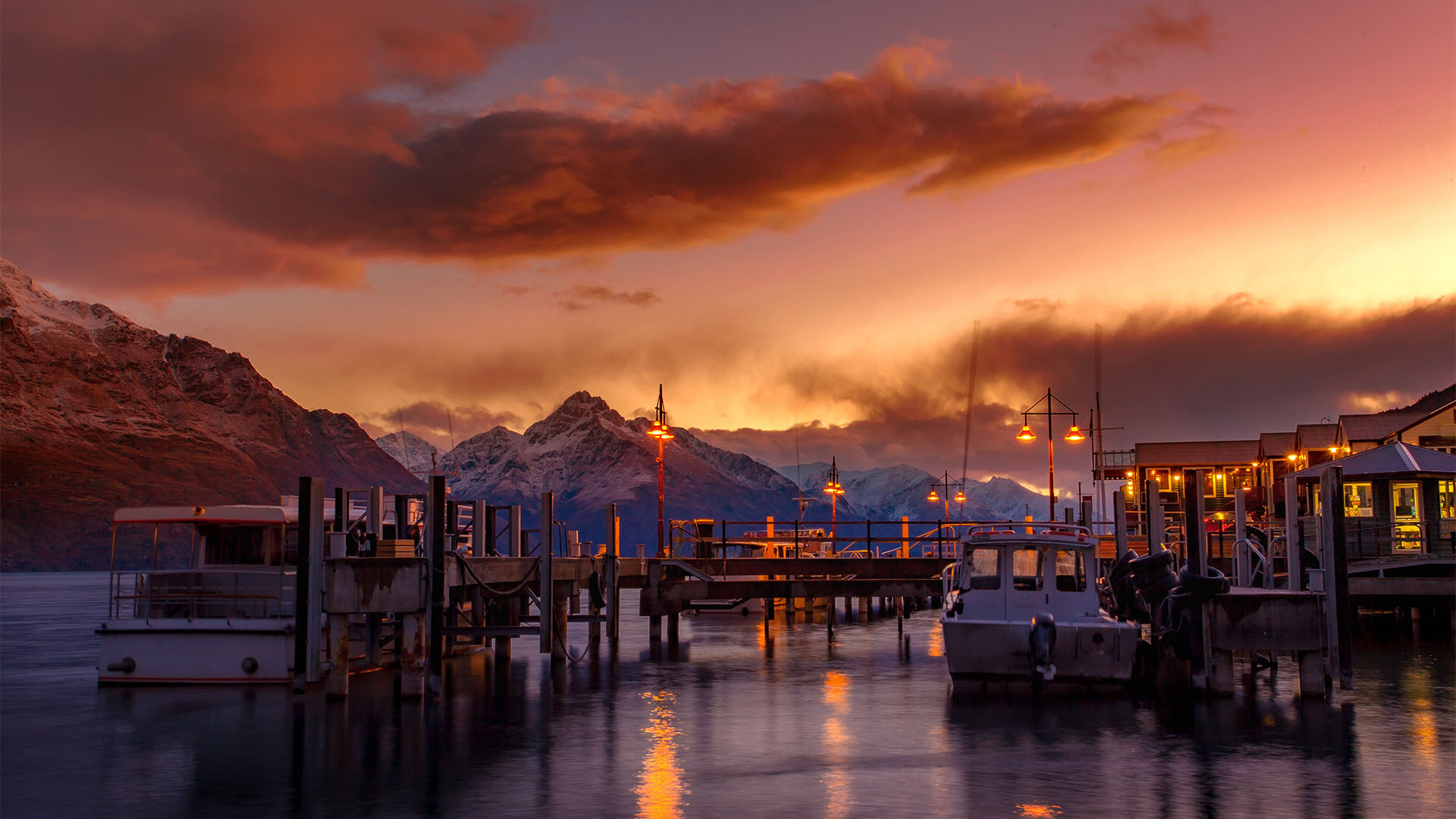
Winter is also a time for unique cultural events and enjoying hearty, seasonal food.
Matariki: The Māori New Year
Matariki is the Māori name for the Pleiades star cluster, and its rising in mid-winter (typically June or July) signals the Māori New Year. It's a time for:
- Remembrance: Honouring those who have passed.
- Celebrating the present: Gathering with family and friends (whānau).
- Looking to the future: Planning for the year ahead.
Across New Zealand, communities host Matariki festivals featuring kapa haka (performance groups), traditional food (hāngī), storytelling, and star gazing. It offers visitors a wonderful opportunity to engage with Māori culture and traditions. Check local event listings as dates vary slightly each year based on the lunar calendar.
Seasonal Cuisine and Festivals
Winter brings hearty food to the fore. Look out for winter menus featuring slow-cooked meats, root vegetables, and warming desserts. It's also a great time for enjoying New Zealand's renowned red wines, particularly from regions like Hawke's Bay and Central Otago. Keep an eye out for local winter festivals celebrating food, wine, and crafts, offering a cosy way to mingle with locals.
Planning Your New Zealand Winter Trip
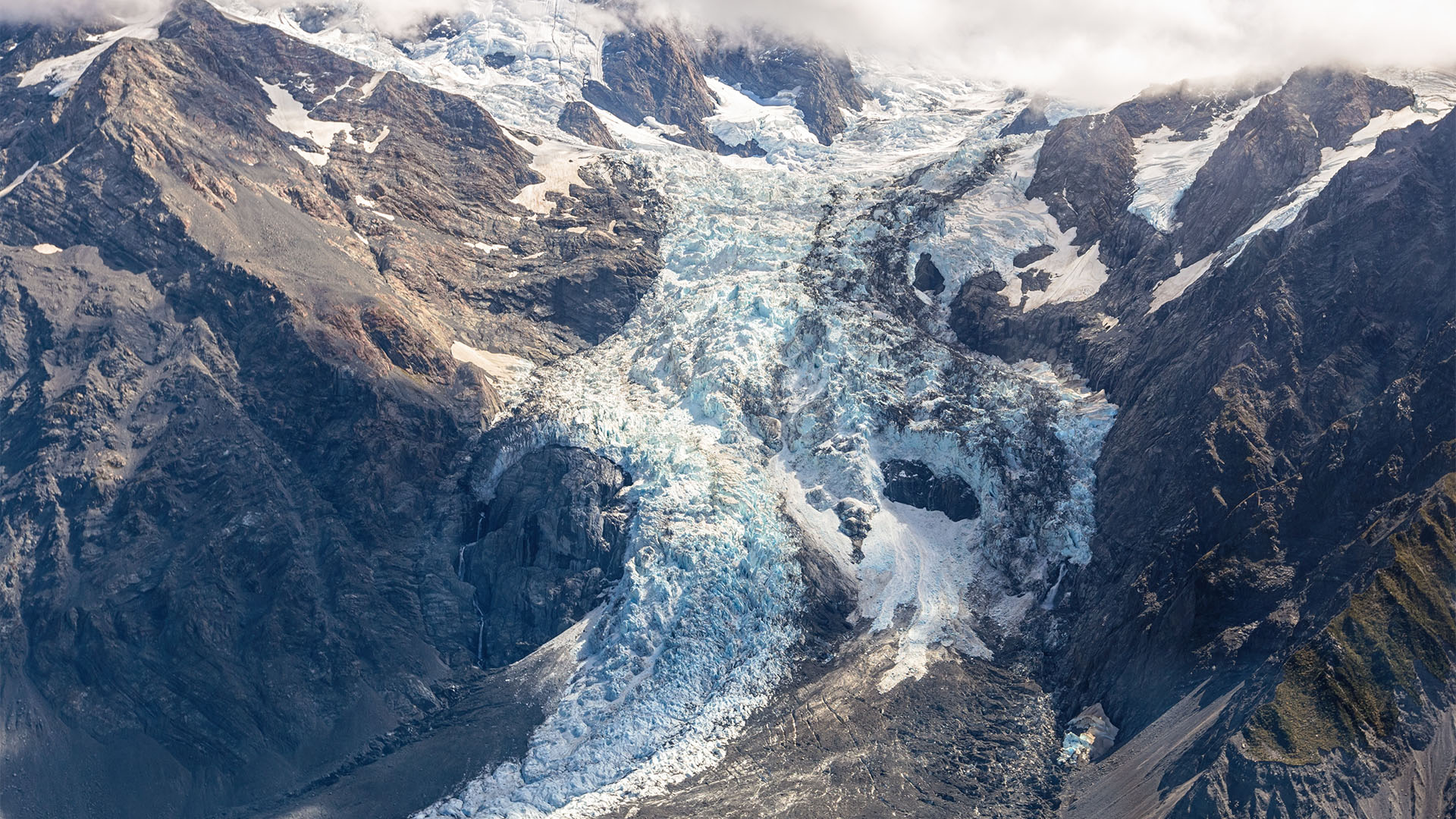
A little preparation goes a long way towards a smooth and enjoyable winter adventure.
Best Time to Visit
- Skiing/Snowboarding: July and August generally offer the most reliable snow conditions.
- Southern Lights: Darkest nights are around the winter solstice (late June), but viewing is possible from March to September.
- General Touring: June and late August/early September often have fewer crowds than the peak ski season month of July.
Packing Essentials
- Layers are key: Thermal base layers, fleece mid-layers, waterproof and windproof outer jacket and pants.
- Warm accessories: Beanie (hat), gloves, scarf, thick socks (wool is great).
- Footwear: Waterproof boots with good grip are essential, especially if exploring outside towns.
- Sun protection: Even in winter, the NZ sun can be strong, especially at altitude. Pack sunglasses and sunscreen.
Transportation
- Driving: Roads are generally well-maintained, but alpine passes (like Arthur's Pass, Lewis Pass, Lindis Pass) and roads to ski fields can be affected by snow and ice. Check NZ Transport Agency (NZTA) for road conditions before travel. Rental car companies may require snow chains to be carried (and know how to fit them) for certain routes. Allow extra travel time.
- Flights: Domestic flights connect major centres efficiently.
- Bus/Coach: InterCity and other operators offer extensive networks.
- Train: Besides the TranzAlpine, scenic rail journeys operate in the North Island too.
Accommodation
Book popular spots like Queenstown and ski field accommodation well in advance, especially during school holidays (usually early-mid July). Options range from backpacker hostels and motels to luxury lodges and holiday homes.
Important Considerations
- Weather Variability: New Zealand weather can change rapidly, especially in alpine areas. Always check the forecast (MetService is the official source) and be prepared for different conditions.
- Shorter Daylight Hours: Plan your activities to make the most of the daylight, which can be from around 8 am to 5 pm in mid-winter.
- Safety: If hiking or venturing into the outdoors, inform someone of your plans, check track conditions with the Department of Conservation (DOC), and carry appropriate safety gear.
Ready for a Cool Adventure?
New Zealand in winter offers a unique blend of stunning landscapes, thrilling activities, cosy relaxation, and rich cultural experiences. From the snow-covered maunga (mountains) of the South Island to the geothermal heartland of the North Island, and the chance to witness the magic of Matariki or the Southern Lights, it’s a season that truly showcases the diversity of this incredible whenua (land).
Check the latest travel advice and conditions before you go, pack warmly, and get ready to discover why winter is arguably one of the best times to explore Aotearoa. Your coolest adventure awaits!
Categories:
- The Best of New Zealand
- Essential Info
- Adventure Travel
- Family Holidays
- Things to Do
Published on: 24 Apr 2025, Written by: Jake Rudd
We have lots more information to share with you if you need it. Our team lives and works within New Zealand. We have travelled to every region and experienced the best (and worst) of what there is to offer. If you have any questions about tours, locations or just want some friendly advice please reach out to us by chat, email, or phone. There is no penalty for getting in touch, we do NOT charge any consultant fees so you can take the hassle out of your travels for free!
If you are interested in planning a trip then please leave your details in the simple form below and we can provide you with support customising a tour just for you.



